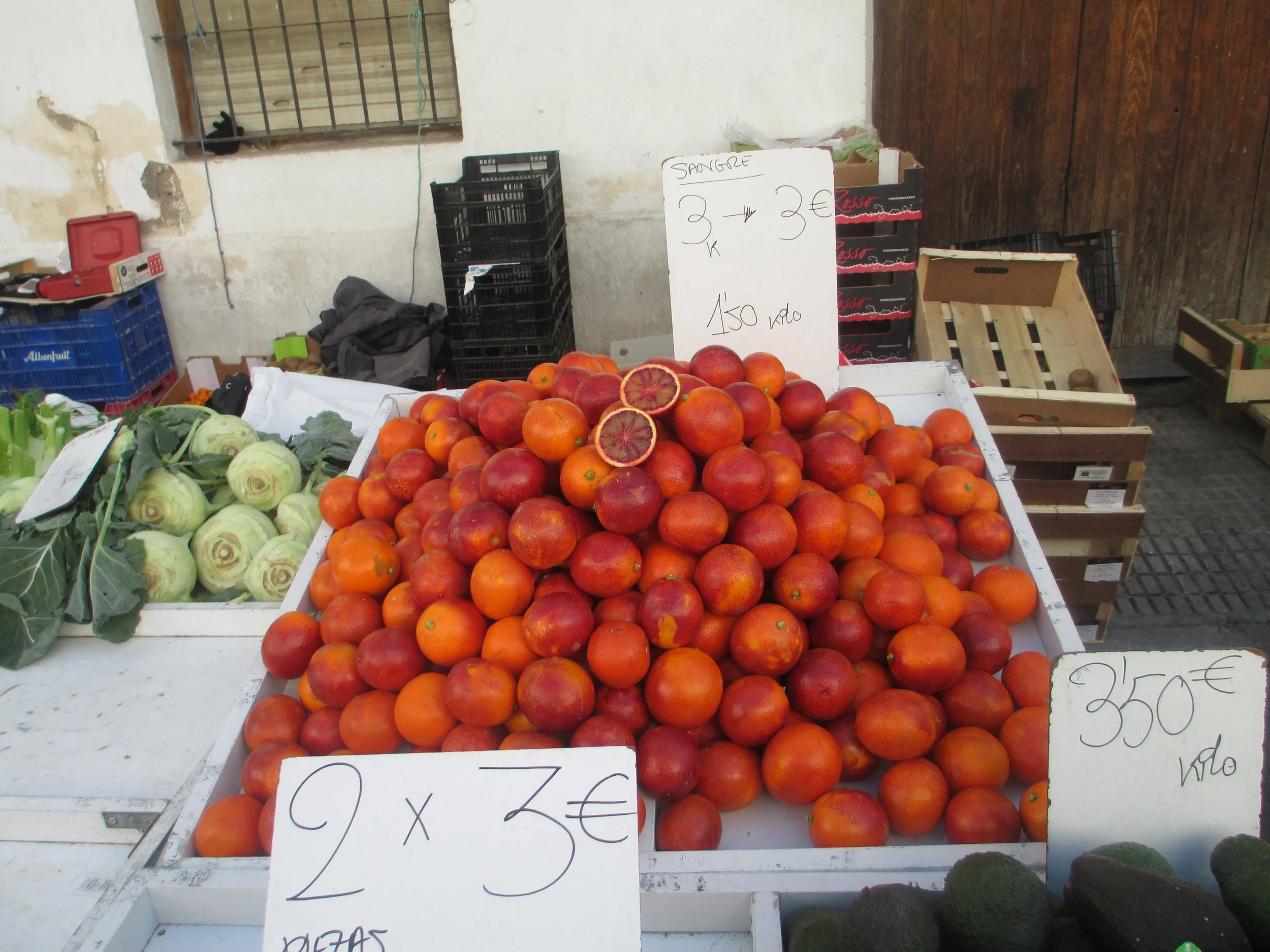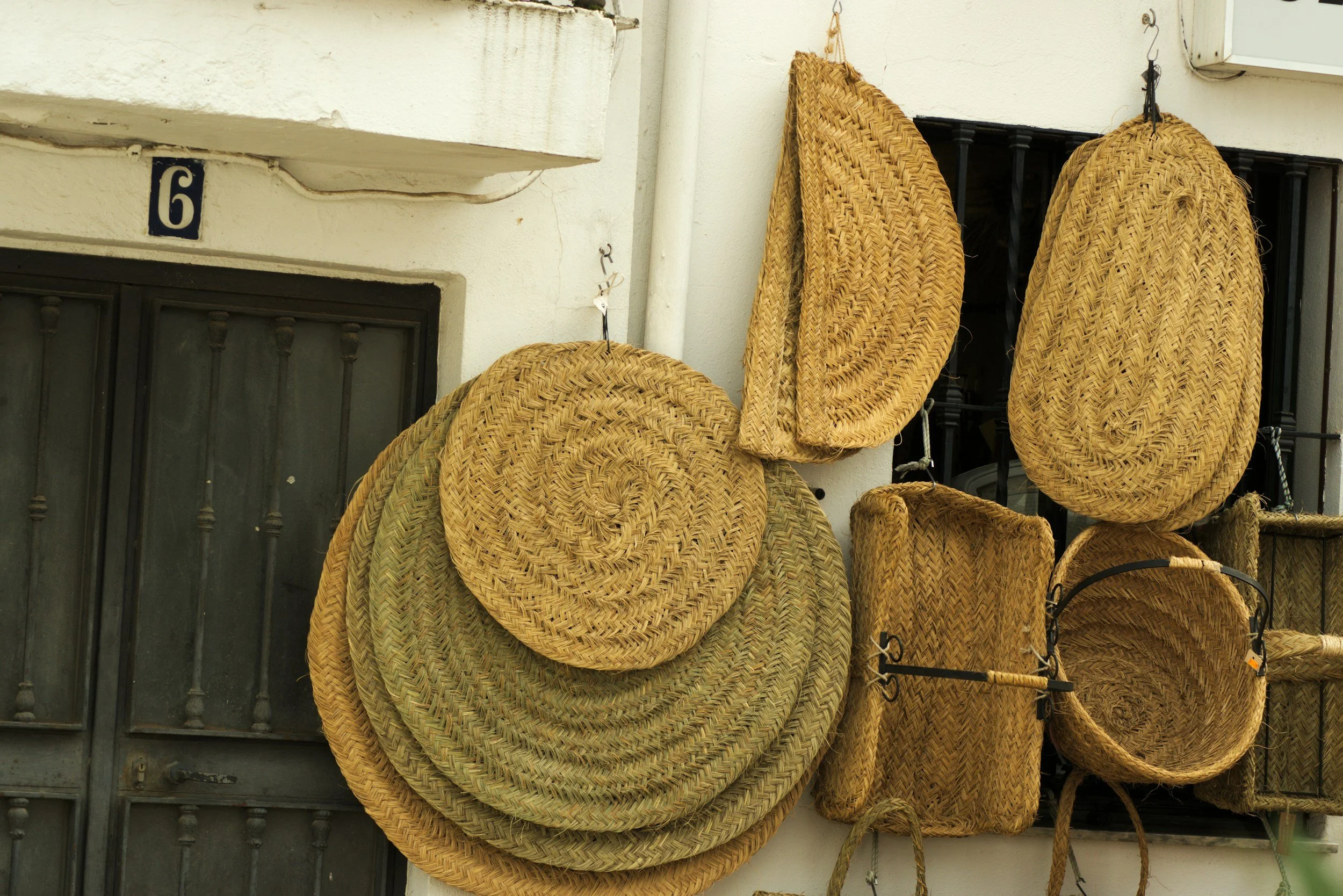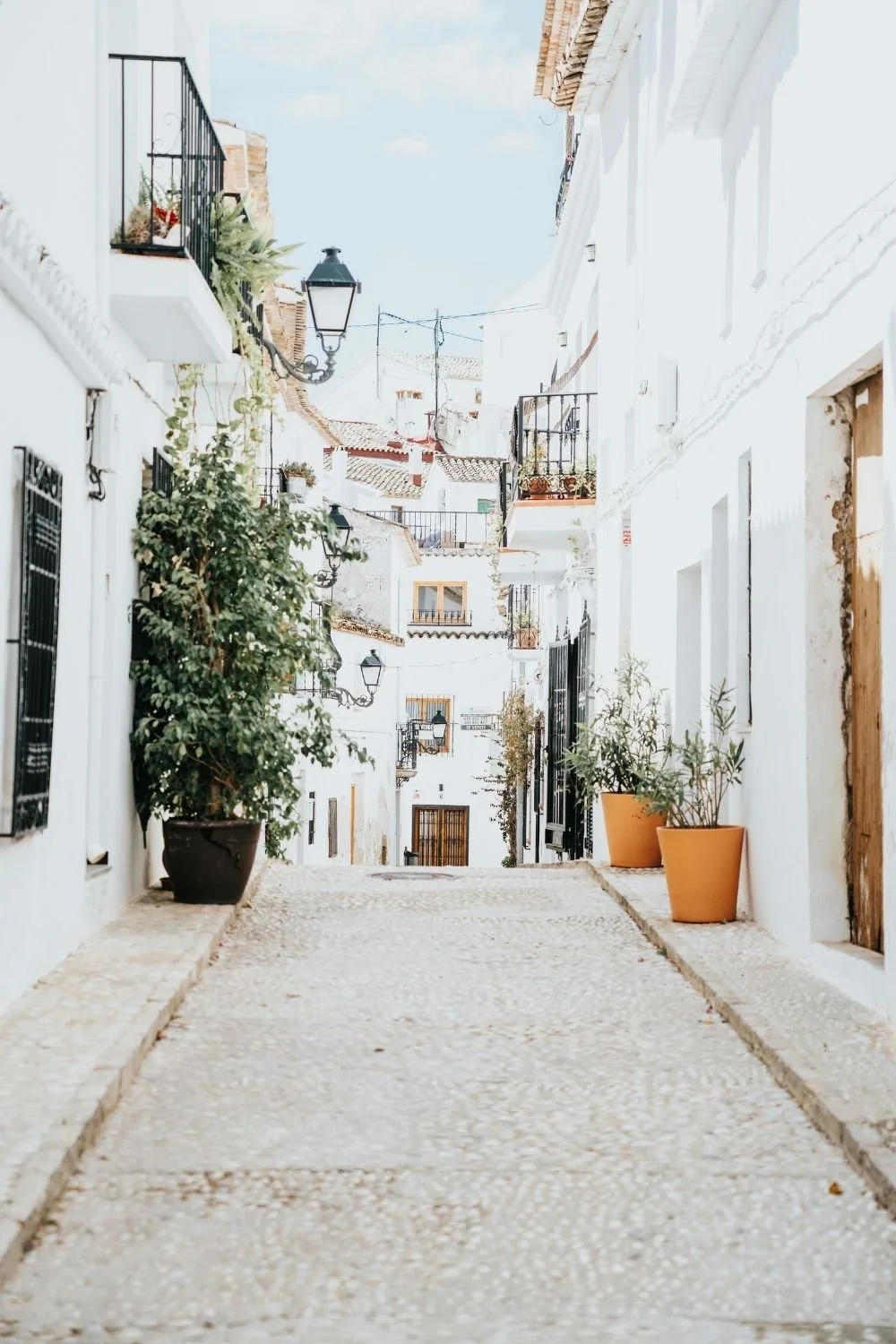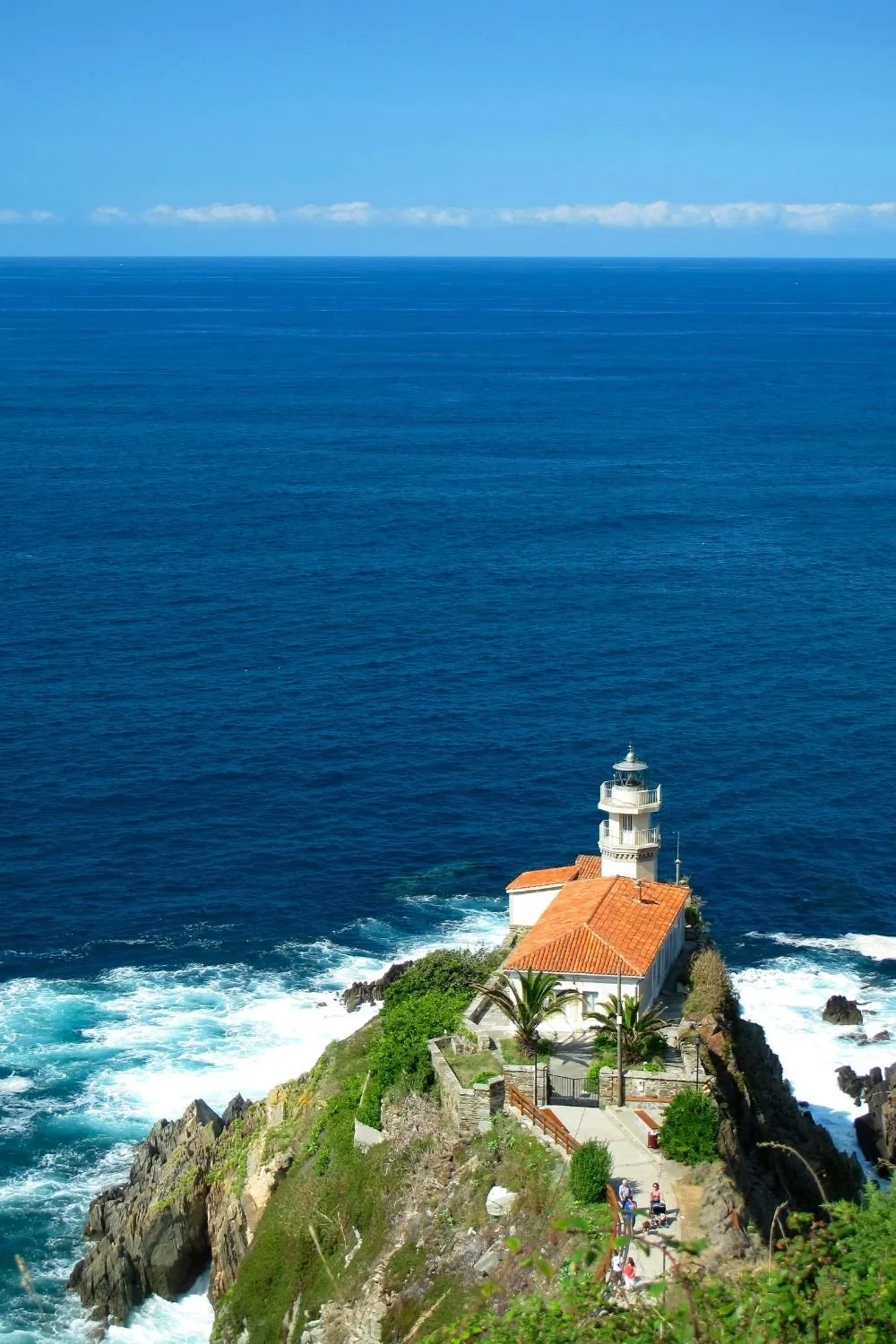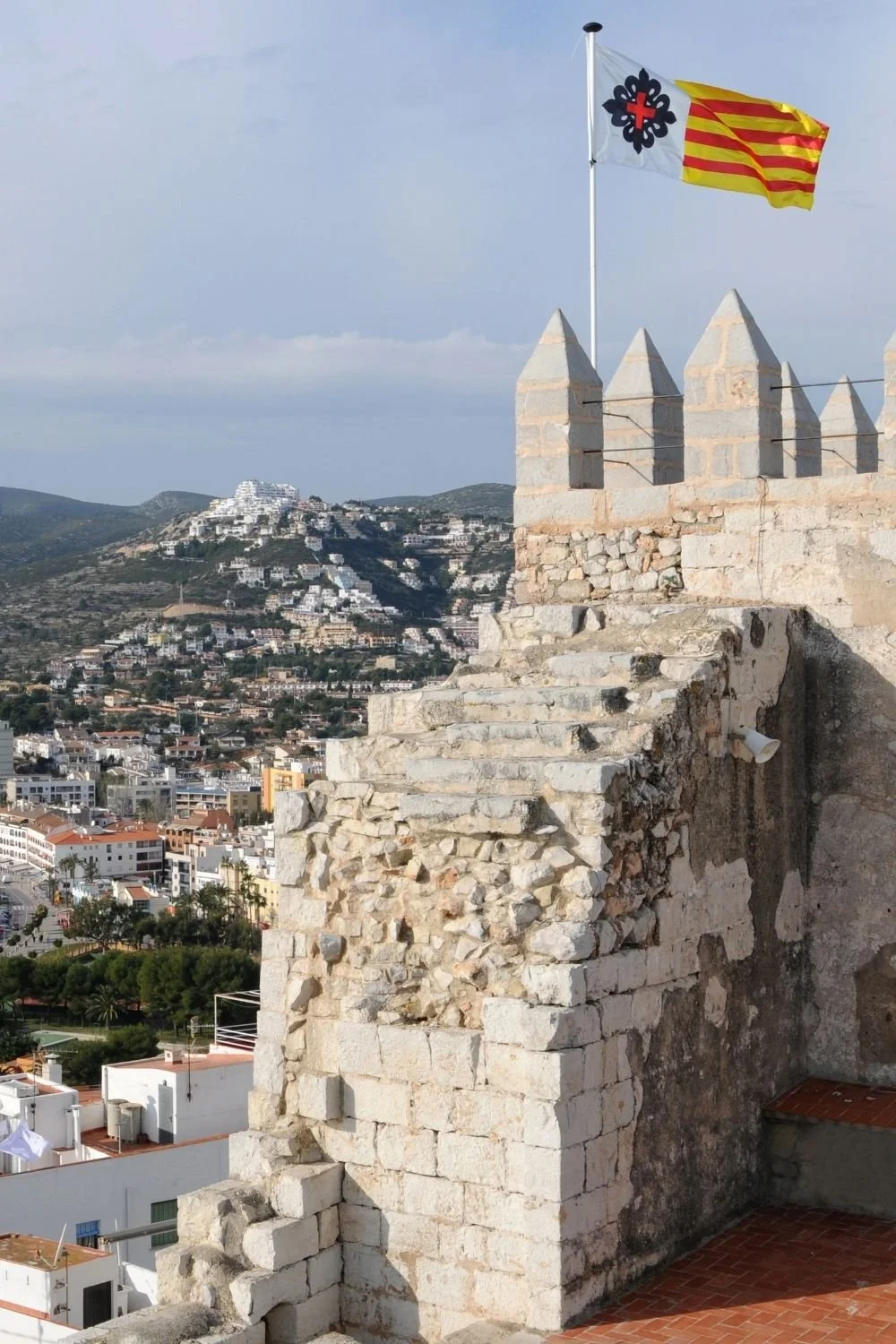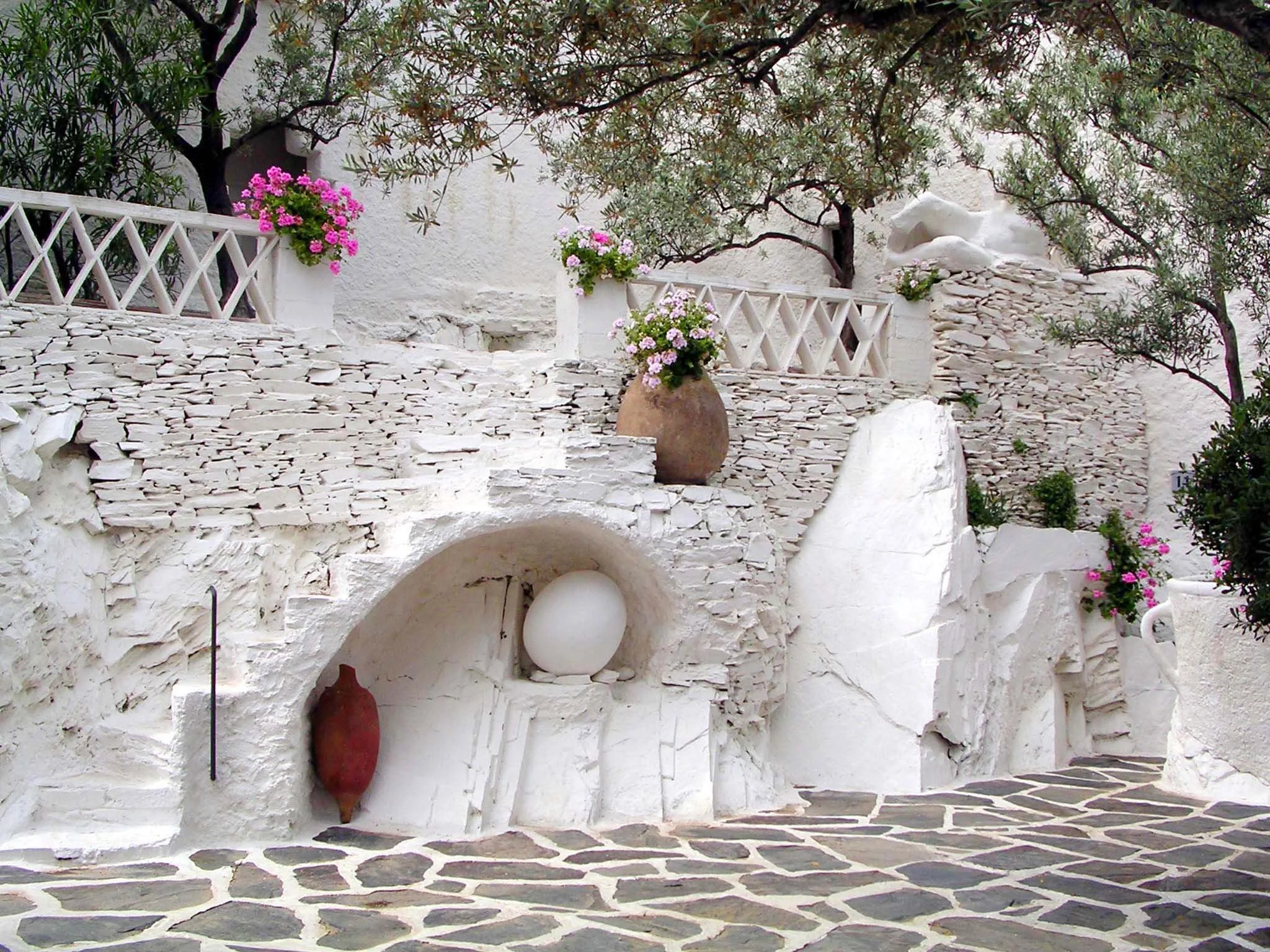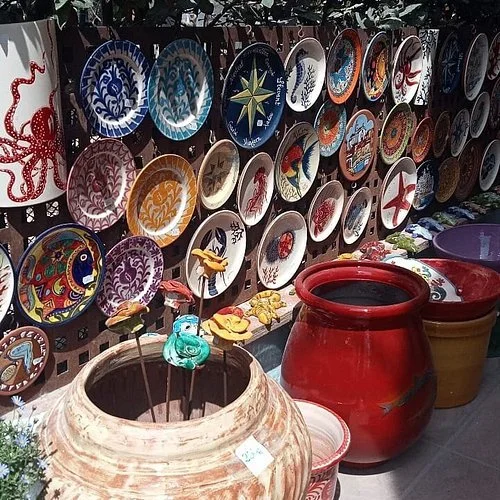5 Spanish Coastal Towns with Authentic Summer Markets
Spain’s coastal towns are more than just sun and sand - they’re vibrant places where the pace of life slows down, the food is exceptional, and the markets are where the heart of the local community beats. While many tourists flock to the bigger cities, there are plenty of small coastal towns in Spain where the summer markets still feel genuine, local, and full of life. These local gems offer a chance to experience Spain’s authentic charm away from the tourist crowds, where you can shop for fresh produce, enjoy local delicacies, and even discover some handmade treasures.
If you’re someone who wants to experience the true essence of Spain (beyond the obvious attractions) then these towns, with their authentic markets, will be perfect for your next trip. Let’s explore them, shall we?
Altea: Authentic Markets, Scenic Views, and Artisan Finds
Altea, on Spain’s Costa Blanca, feels like a secret. It’s one of those places where you can wander for hours through its narrow streets without feeling rushed, enjoying the peaceful vibe of the town. The Friday market is a local favorite and offers a beautiful mix of fresh produce, handmade crafts, and some of the region’s most delicious specialties. What makes this market stand out is its intimate feel—it’s not overrun with tourists, and the vendors are often locals who’ve been coming to the market for years, making it a great spot to strike up a conversation about what’s in season or discover new, exciting local foods.
Getting there is easy: take a train from Alicante (around an hour’s ride), and you’ll be in Altea’s charming town center in no time. Once you’re there, make sure to spend time exploring the old town—its cobblestone streets are lined with art galleries and local boutiques. And don’t miss a visit to the Altea Church - its iconic blue-domed roof is one of the town's most photographed spots.
For a cozy stay, check out Hotel La Serena, a boutique hotel just a short walk from the market and the beach. After the market, head to a café along the seafront for a coffee and some of the best views of the Mediterranean - you’ll quickly fall in love with the laid-back charm of this town.
Conil de la Frontera: Seafood, Sand, and Small-Town Vibes
Conil de la Frontera, tucked away in southern Spain on the Costa de la Luz, is the kind of place where you can feel the gentle pull of the ocean breeze, and life moves at its own, unhurried pace. The Wednesday market in Conil is a perfect representation of that relaxed atmosphere: smaller than many others, it offers an authentic experience where you can find fresh seafood, local olives, handmade soaps, and colorful textiles. The market has a true “locals only” feel, and the seafood here (straight from the Atlantic) is some of the best you’ll find.
Getting to Conil is simple: just hop on a bus from Cadiz or rent a car for a scenic coastal drive from Seville (about an hour and a half). Once there, you’ll feel like you’ve discovered a hidden paradise. After wandering through the market, head to Playa de la Fontanilla, one of Conil’s quieter beaches, where you can spend the afternoon soaking up the sun or enjoying the peaceful rhythm of the waves.
For a relaxing stay, Hotel Fuerte Conil-Costa Luz is perfect: right by the beach, with lovely sea views and a pool to cool off after a hot day at the market. And when hunger strikes, don’t miss El Campero, a local seafood restaurant where you can enjoy fresh tuna prepared in a way you’ve probably never experienced before.
Cudillero: A Hidden Gem in Asturias
On the northern coast of Spain, Cudillero is one of those stunning, hidden villages where every corner is even more pretty than the other. The town itself is built into the cliffs, with colorful houses cascading down to the water. It’s a place you’ll want to linger in, with its authentic vibe and the kind of tranquility that makes it feel like time moves slower here. The Saturday market is a must-visit, with its mix of local produce, seafood (straight from the nearby harbor), and handmade goods. The market itself is quieter and more personal than those in more tourist-heavy spots, and there’s something so charming about how the locals gather here.
Cudillero is best reached by car from Oviedo (about 45 minutes), or you can take a train and then a short bus ride. Once in town, don’t rush! Let the town’s narrow streets lead you to the Cudillero Lighthouse, where you can get an incredible view of the village and the rugged coastline.
For a stay that matches the town’s serene vibe, book a night at La Casona Del Pio, a cozy spot with sweeping views of the bay. After shopping at the market, stop by a local café for a simple meal of fabada asturiana (a hearty bean stew) or fresh asturian cider, which is poured in the traditional style. And for an even more immersive experience, consider staying in a charming rural house tucked in the hills, where you’ll wake up to birdcalls and sea views.
Peñíscola: History, Beaches, and Markets Worth Exploring
Nestled on the Costa del Azahar, Peñíscola is more than just a beach destination - it’s a charming town full of history, with its medieval castle overlooking the sea. The Sunday market in Peñíscola is one of the best in the area, offering everything from fresh produce and local cheeses to handmade crafts and antiques. It’s a relaxed, local market where you can sample regional delicacies and pick up unique gifts that reflect the culture of the region. The market’s proximity to the historic Peñíscola Castle makes it an easy stop to add to your sightseeing itinerary.
Peñíscola is easy to reach by train from Valencia (about a 2-hour ride), or you can rent a car for a more scenic route along the coast. When you’re not browsing the market, be sure to visit the Peñíscola Castle, which dates back to the 13th century, or take a stroll along Playa Norte, one of the town’s quieter beaches.
For accommodation, Hotel Los Delfines is a great choice: it’s right by the beach and close to the market. After a long day of exploring and shopping, grab a drink at one of the local beachfront bars while watching the sunset over the Mediterranean.
Cadaqués: The Artistic Coastal Town You Can’t Miss
Just a short drive from Figueres in Catalonia, Cadaqués is a town that’s both peaceful and inspiring. Famous for being the home of Salvador Dalí, the town’s charm lies in its quaint streets, whitewashed buildings, and artistic vibe. The Monday market is an intimate affair, offering fresh produce, local fish, and a selection of handmade goods. It’s the perfect place to pick up something special while soaking in the laid-back Mediterranean atmosphere. If you’re lucky, you might even catch an impromptu performance by local musicians or artists selling their work.
To get to Cadaqués, you’ll want to drive from Figueres or take a bus - it’s a beautiful journey, with plenty of coastal views along the way. Once in town, make sure to stop by Dalí’s house in Port Lligat, where you can take a tour of the famous artist’s former residence. After a day spent wandering the markets, relax on Playa de Cadaqués, a small but tranquil beach where you can enjoy the peaceful surroundings.
For accommodation, Hotel Playa Sol offers a wonderful stay with stunning sea views. It’s a great base for exploring the town, enjoying the market, and soaking up the peaceful vibes of the Mediterranean.
Dalí’s house in Port Lligat
Cadaqués market
For even more hidden gems and travel inspiration, check out our Summer Market Guide and plan your next adventure off the beaten path. Let us help you find the slow travel destinations where you can truly immerse yourself in the local culture.
FAQ: Summer Markets in Spain
What makes summer markets in Spain so special?
Summer markets in Spain are an authentic window into local life. They are filled with vibrant colors, fresh seasonal produce, and handmade artisan goods. These markets give you a chance to interact with local farmers, craftsmen, and sellers while immersing yourself in the flavors and sounds of Spain. Summer markets, especially in coastal towns and small villages, highlight the best of the Mediterranean and Iberian culture. The lively atmosphere, often accompanied by local musicians or street performers, brings a real sense of community and tradition.
Are summer markets in Spain crowded?
While some markets in larger cities can get busy, many of Spain’s coastal towns offer a much quieter, more relaxed experience. If you’re looking to avoid the crowds, opt for smaller towns like Conil de la Frontera or Cudillero, where the markets are charming and manageable. Arriving early, especially in the mornings, also helps avoid the midday rush and gives you the best selection of goods.
Is it safe to visit these markets alone?
Yes, Spain is generally a safe country for solo travelers, and visiting local markets is no exception. Markets in smaller towns and coastal areas are typically calm and welcoming, with locals going about their daily shopping. As with any travel, always stay aware of your surroundings, especially in larger or more tourist-heavy markets. If you’re unsure, stick to well-lit areas and keep your belongings secure. Spain’s markets are an excellent way for solo travelers to connect with locals and experience Spanish culture firsthand.
What should first-time visitors know before heading to a Spanish summer market?
If it’s your first time visiting a market in Spain, here are a few tips:
Arrive early for the freshest produce and a less crowded experience.
Cash is king—while larger markets may accept cards, many smaller vendors prefer cash, so bring plenty of it.
Be prepared to haggle (politely) in some markets, especially for artisan goods or items like handmade jewelry.
Try something new! Don't hesitate to ask vendors for recommendations—whether it's a local wine, a regional cheese, or a freshly made tapa, the best way to dive into the local food scene is to ask the locals.
Is it good to visit a Spanish market alone for the first time?
Visiting a market in Spain on your own can be a fantastic experience. Spanish markets tend to be laid-back, and solo travelers will often find them to be friendly environments where it’s easy to chat with vendors. It's a great way to feel like a part of the local culture. Just take it slow, and wander, explore, and enjoy the surroundings. It's an ideal way to enjoy some quiet time, grab a fresh pastry or coffee, and simply people-watch. And remember, the more relaxed you are, the more enjoyable the experience will be.
What should I know before I go?
Here are some final tips to make your visit to a Spanish market as smooth as possible:
Sunscreen and water: In the summer, Spain can get pretty hot, especially in coastal areas. Make sure to bring sunscreen and stay hydrated.
Bring your own bags: Some markets are eco-conscious, so it’s a good idea to bring a reusable bag for your purchases.
Watch for market hours: Markets may close early in the evening or have varying schedules depending on the region. Double-check times before heading out to avoid missing them.
Check for local events: Many markets feature cultural activities, food tastings, or live performances during the summer. Check the event schedule to see what else you can enjoy while you’re there.
Can I find organic or locally-produced items at summer markets?
Absolutely! Many of Spain’s summer markets feature organic produce and locally made goods. From eco-friendly fresh fruits and vegetables to artisanal cheeses and handcrafted goods, the markets reflect Spain’s rich tradition of local agriculture and craftsmanship. Look for vendors who advertise their products as “ecológico” (organic) for the best of the region's sustainable offerings.
If you’re planning on a trip to France this year, we got you covered - we’ve just put together a list with all the best (authentic) weekly markets in Southern France. Check it out!
For even more travel inspiration and tips on slow, meaningful travel, join our community and sign up for our newsletter to discover other hidden gems across Europe.

